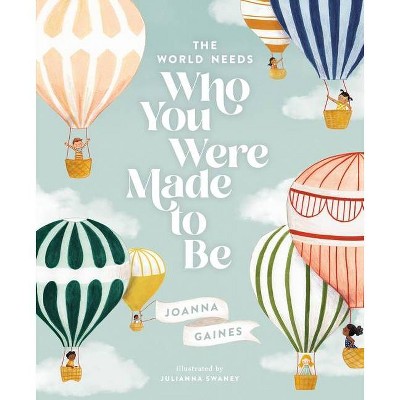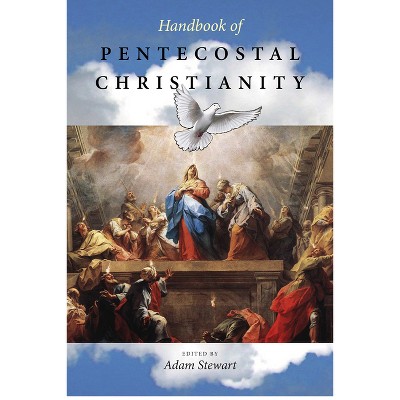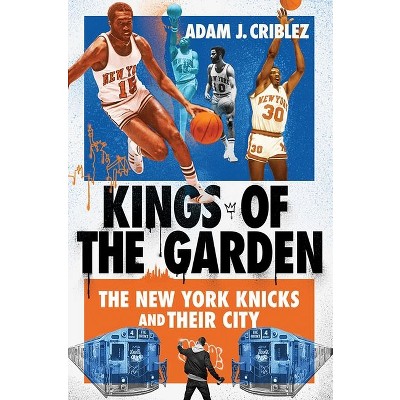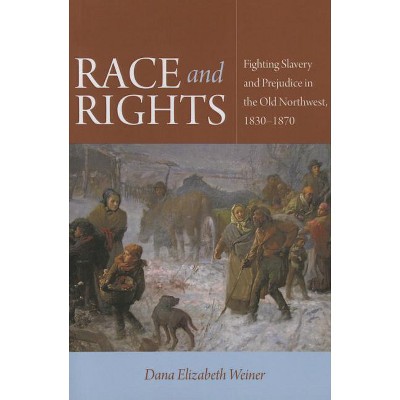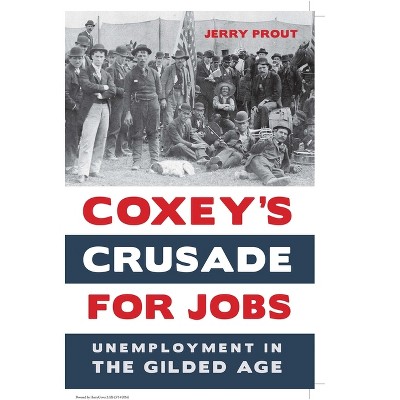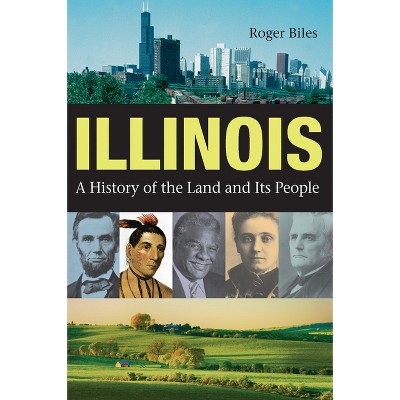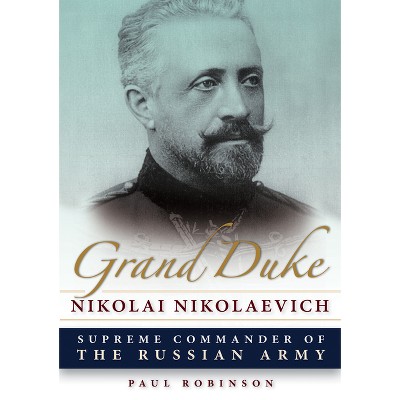About this item
Highlights
- Parading Patriotism covers a critical fifty-year period in the nineteenth-century when the American nation was starting to expand and cities across the Midwest were experiencing rapid urbanization and industrialization.
- About the Author: Adam Criblez is assistant professor of history at Southeast Missouri State University.
- 288 Pages
- History, United States
Description
About the Book
Parading Patriotism breaks new ground in revealing how Fourth of July celebrations in the urban Midwest between 1826 and 1876 helped define patriotic nationalism, bringing celebratory actions to life by demonstrating the importance of Independence Day commemorations in defining changing conceptions of what it meant to be an American. The book links two important historical genres by considering how historical memory and American nationalism coalesced on the Fourth of July as Midwesterners used the holiday as a time both to reflect on the past and forge ahead in constructing a unique national identity. Historian Adam Criblez uses the Midwest as a backdrop, but necessarily considers cultural developments transplanted from outside the region, both from Europe, transmitted by immigrants, and eastern states like New York, Virginia, and Massachusetts, brought by westward migrants. Readers, therefore, can expect a multitude of topics to be covered in this work. Ethnic conflict, racial turmoil, class struggle, and, perhaps most importantly, changing conceptions of American nationalism in the mid-nineteenth century all comprise aspects of Parading Patriotism.Celebrating the Fourth of July was an important political, cultural, and religious ritual on social calendars in the mid-nineteenth century. It marked a rare summer holiday and opportunity for diverse groups of citizens to share in a nationalistic revelry explicitly promoting political independence and republican government. On Independence Day in the five Midwestern urban centers considered in this study--Chicago, Cincinnati, Cleveland, Columbus, and Indianapolis--this celebratory façade often masked deep seated tensions over the meanings of the nation's birth as celebrations were regularly segregated by ethnicity, class, race, political party, religious affiliation or gender. Studying the manner in which Midwesterners celebrated the Fourth and how these men and women understood the meaning of their celebrations reveals how they consciously and purposefully appropriated patriotic festivities to construct unique and ever-changing perceptions of American national identity. Drawing on both unpublished sources (including diaries, manuscript collections, and journals) and the copious but under-utilized print resources from the region (newspapers, periodicals, travelogues and pamphlets), this latest addition to the Mellon-sponsored Early American Places series exposes a rich tapestry of mid-century Midwestern social and political life, focusing on the nationalistic rites of Independence Day.Book Synopsis
Parading Patriotism covers a critical fifty-year period in the nineteenth-century when the American nation was starting to expand and cities across the Midwest were experiencing rapid urbanization and industrialization. Historian Adam Criblez offers a unique and fascinating study of five midwestern cities--Chicago, Cincinnati, Cleveland, Columbus, and Indianapolis--and how celebrations of the Fourth of July in each of them formed a microcosm for the country as a whole in defining and establishing patriotic nationalism and new conceptions of what it was like to be an American.
Criblez exposes a rich tapestry of mid-century midwestern social and political life by focusing on the nationalistic rites of Independence Day. He shows how the celebratory façade often masked deep-seated tensions involving such things as race, ethnicity, social class, political party, religion, and even gender. Urban celebrations in these cities often turned violent, with incidents marked by ethnic conflict, racial turmoil, and excessive drunkenness. The celebration of Independence Day became an important political, cultural, and religious ritual on social calendars throughout this time period, and Criblez illustrates how the Midwest adapted cultural developments from outside the region--brought by European immigrants and westward migrants from eastern states like New York, Virginia, and Massachusetts. The concepts of American homegrown nationalism were forged in the five highlighted midwestern cities, as the new country came to terms with its own independence and how historical memory and elements of zealous and belligerent patriotism came together to construct a new and unique national identity.
This ground-breaking book draws on both unpublished sources (including diaries, manuscript collections, and journals) and copious but under-utilized print resources from the region (newspapers, periodicals, travelogues, and pamphlets) to uncover the roots of how the Fourth of July holiday is celebrated today. Criblez's insightful book shows how political independence and republican government was promoted through rituals and ceremonies that were forged in the wake of this historical moment.
Review Quotes
Parading Patriotism is a well-written study of the oldest of American patriotic holidays, Independence Day, which has had a varied history throughout diverse periods and regions.
-- "The Michigan Historical Review"Criblez's Parading Patriotism is a revealing analysis of how changing circumstances in terms of growth and population demographics in the urban Midwest influenced and altered views about the annual celebration of the nation's founding and patriotism.
-- "Middle West Review"In offering this kind of careful and thoughtful history, relating both change and continuity over time, Criblez is to be commended.
-- "The Journal of American History"In thoroughly scholarly fashion, this book reflects the excitement and occasional conflicts and disasters that accompanied celebrations of Independence Day as the early American Northwestern frontier became the Middle West.
-- "Journal of the Illinois State Historical Society"About the Author
Adam Criblez is assistant professor of history at Southeast Missouri State University.






